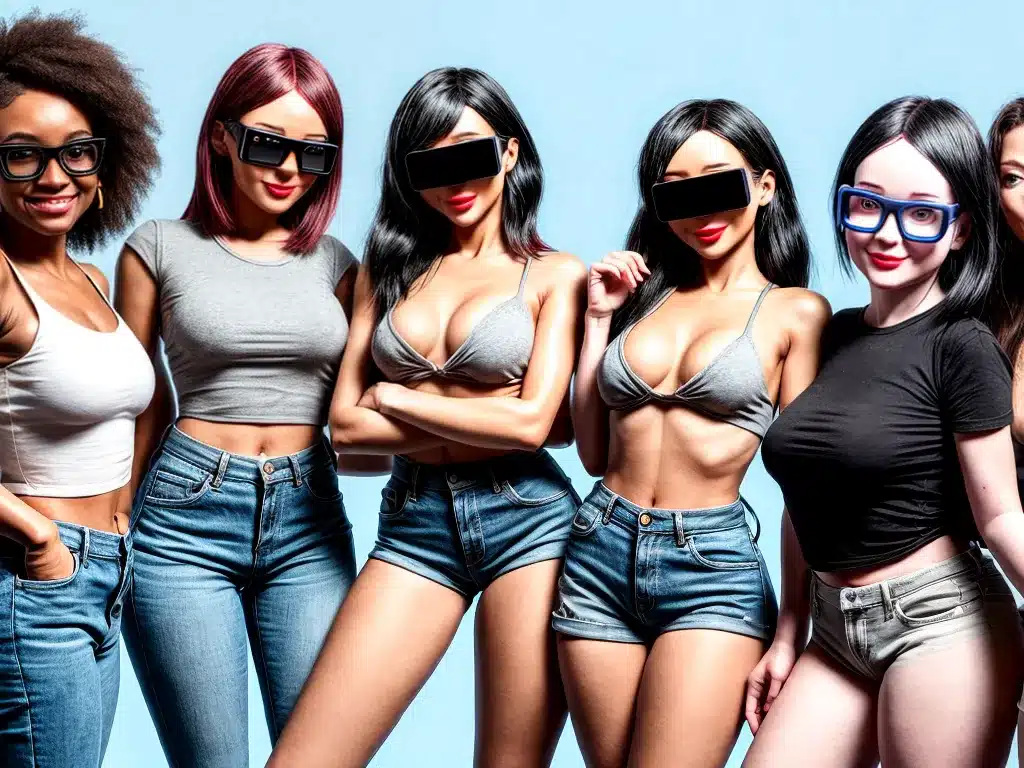
What are Virtual Influencers?
Virtual influencers are fictional computer-generated characters that have a social media presence and influence like human influencers. They are created by companies and marketing agencies to promote brands and products on social media.
Some key characteristics of virtual influencers:
-
They are fictional CGI (computer-generated imagery) characters brought to life by advanced technologies like artificial intelligence and augmented reality.
-
They have their own distinctive personalities, life stories, visual styles created by designers and computer algorithms.
-
They frequently post high-quality photos, videos, Stories on social media platforms like Instagram and TikTok.
-
They collaborate with brands as influencer marketing personas to promote products.
-
Many have millions of followers who interact with their posts regularly.
Examples of popular virtual influencers: Lil Miquela, Noonoouri, Imma, Bermuda, Shudu Gram, and Rozy Weller.
Why are Brands Using Virtual Influencers?
There are several key reasons why many brands are leveraging virtual influencers as part of their marketing strategy:
-
Full control over persona – Brands can craft the exact narrative, personality, values and aesthetics for the virtual influencer that aligns with the brand’s objectives.
-
No “surprises” – Unlike human influencers, there is no risk of controversial statements or behavior from a virtual influencer that can negatively impact a brand.
-
Availability – Virtual influencers can collaborate with unlimited brands, produce unlimited content, and post 24/7 without restrictions.
-
Cost savings – No costs for travel/lodging/food, fees, or complicated contracts like human influencers.
-
Security – No risks of personal data/privacy breaches or security issues at events.
-
Global appeal – Their personas and posts can be customized to appeal to audiences worldwide across multiple social platforms.
The Rising Popularity of Virtual Influencers
The usage of virtual influencers in marketing has been growing rapidly in recent years:
-
Follower counts – Top virtual influencers have follower counts in millions, even surpassing many human influencers. Lil Miquela has 3 million Instagram followers.
-
Leading brands – Major fashion and luxury brands like Prada, Balmain, and Calvin Klein have run campaigns with virtual influencers.
-
Influencer marketing budgets – 19% of companies plan to spend over $500,000 on virtual influencers according to Influencer Marketing Hub.
-
Tech advancements – Improvements in computational graphics, AI, and AR are making virtual influencers more realistic.
-
COVID-19 – The pandemic has accelerated the adoption of virtual influencers for remote campaigns.
The rising popularity indicates that virtual influencers are here to stay as an impactful social media marketing trend.
Challenges and Concerns Around Virtual Influencers
While offering many benefits, some key issues around virtual influencers should be considered:
-
Authenticity – Some argue virtual influencers’ perfectly curated lives and promotion of consumerism lacks authenticity.
-
Transparency – Clear disclosure guidelines are needed around #sponsored posts by virtual influencers.
-
Measuring impact – Standard metrics like engagement rate may overstate the actual influence and reach.
-
Uncanny valley – If too realistic, some audiences find virtual influencers creepy or off-putting. The ideal aesthetics are still being defined.
-
Technology costs – Requires extensive tech expertise and funding to develop believable and effective virtual influencers.
The Future and Evolution of Virtual Influencers
Some potential developments as virtual influencers evolve:
-
Even more hyperrealistic CGI with detailed facial expressions and seamless AR integrations.
-
Increased personalization – personal virtual influencers customized for individual users.
-
Expansion into new use cases like virtual receptionists, personal trainers, or content moderators.
-
Regulation – stronger FTC guidelines around transparency and disclosure.
-ublic skepticism may grow – questions on whether reliance on virtual personas should be encouraged.
In conclusion, virtual influencers are an emerging social media and marketing trend that offer opportunities but also face challenges as adoption rises in coming years.












